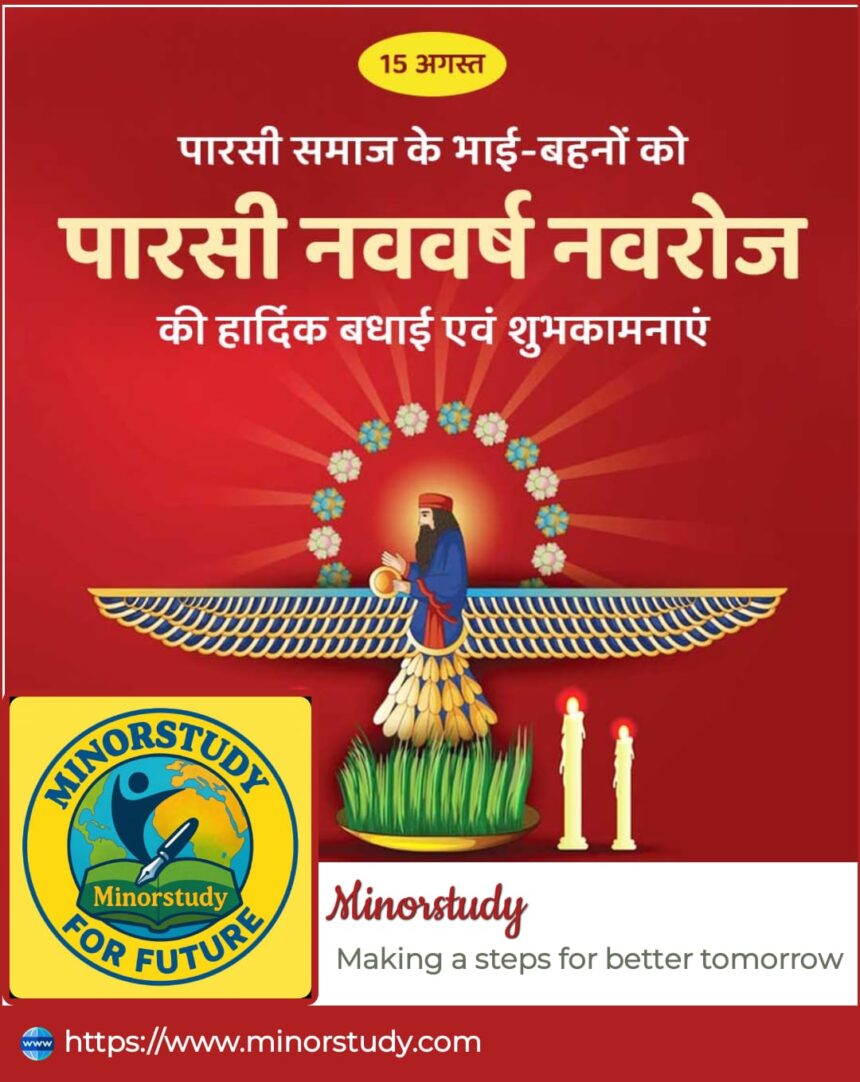Persian New Year – Navroz: A Celebration of Renewal, Harmony, and Hope
Every culture has its own special way of celebrating the new year, but the Persian New Year — known as Navroz (or Nowruz) — stands out for its deep symbolism, ancient roots, and joyful traditions. This festival, celebrated by millions across the world, is not just a change of date on the calendar, but a celebration of life, light, and new beginnings.
In this article, we will journey through the history, facts, timeline, significance, and traditions of Navroz, along with its modern-day impact and why it’s so important to society.
1. History of Navroz
The origins of Navroz can be traced back over 3,000 years to ancient Persia (modern-day Iran) and the Zoroastrian religion. It marks the spring equinox — the exact moment when the day and night are of equal length — signaling the arrival of spring in the Northern Hemisphere.
Zoroastrians believed that Navroz symbolized the victory of light over darkness, good over evil, and life over death. The festival was traditionally associated with the mythical Persian king Jamshid, who was said to have introduced the calendar and the concept of Navroz.
Over centuries, Navroz spread far beyond Persia’s borders, embraced in countries such as Afghanistan, India, Pakistan, Iraq, Tajikistan, Uzbekistan, Azerbaijan, and parts of the Middle East, Central Asia, and the Caucasus.
2. Interesting Facts About Navroz
Here are 9 fascinating facts that make Navroz truly unique:
Ancient Origins: Celebrated for more than three millennia, making it one of the oldest continuously observed festivals in the world.
UN Recognition: Declared an “Intangible Cultural Heritage of Humanity” by UNESCO in 2009.
Exact Timing: Begins at the precise moment of the spring equinox, which can vary slightly each year.
Haft-Seen Table: Families set up a symbolic table with seven items starting with the Persian letter “S” (Seen), each representing a concept like health, beauty, or rebirth.
Spring Cleaning Tradition: Known as “khooneh-tekouni,” meaning “shaking the house,” symbolizing renewal and the removal of negativity.
Global Celebration: Observed by over 300 million people worldwide across multiple religions and cultures.
Fire Jumping: In some regions, people jump over small bonfires on Chaharshanbe Suri (the last Wednesday before Navroz) to symbolically burn away illness and misfortune.
Multi-day Festival: Celebrations often last for 13 days, ending with picnics on the thirteenth day, known as Sizdah Bedar.
Spiritual Symbolism: Beyond joy, Navroz is deeply tied to concepts of justice, renewal, peace, and harmony in Zoroastrian philosophy.
3. Timeline of Navroz Through History
| Period | Event |
|---|---|
| c. 1000 BCE | Navroz begins as part of Zoroastrian tradition in ancient Persia. |
| c. 6th Century BCE | Achaemenid Empire adopts Navroz as an imperial celebration. |
| Islamic Golden Age | Navroz continues as a cultural rather than strictly religious event, spreading to neighboring regions. |
| 19th Century | Navroz becomes prominent among the Parsi community in India. |
| 2009 | UNESCO recognizes Navroz as an Intangible Cultural Heritage. |
| 2010 | United Nations declares March 21 as the International Day of Nowruz. |
4. Significance of Navroz
Navroz is not just a cultural festival; it carries deep meaning:
Renewal of Life: The spring equinox is a natural symbol of new beginnings, encouraging people to start afresh.
Harmony with Nature: Aligns human celebration with the planet’s natural cycles.
Community Unity: Encourages gatherings, family bonding, and the strengthening of social ties.
Spiritual Cleansing: Encourages both physical and emotional renewal, letting go of grudges and negativity.
5. Observance and Traditions
Navroz traditions vary by country and community, but some key observances include:
Haft-Seen Table: Decorated with symbolic items such as:
Sabzeh (sprouts): Rebirth
Samanu (sweet pudding): Power and strength
Senjed (dried fruit): Love
Seer (garlic): Health
Seeb (apple): Beauty
Somāq (sumac): Sunrise and patience
Serkeh (vinegar): Wisdom from age
Family Visits: Elders bless younger members, often with gifts.
Special Dishes: Meals vary but often include fish, rice with herbs, and sweets.
Public Festivities: Music, dancing, and cultural performances.
Chaharshanbe Suri: Fire-jumping ceremony before Navroz for cleansing.
Sizdah Bedar: Outdoor picnics on the 13th day, symbolizing the end of celebrations and the start of the year’s work.
6. Importance in Our Life
Navroz teaches life lessons that go beyond cultural celebration:
Embrace Change: Just as seasons change, so must we adapt and grow.
Value Nature: The link between Navroz and the equinox reminds us of environmental harmony.
Family First: Its emphasis on togetherness reinforces the importance of relationships.
Letting Go: The spring cleaning ritual can be applied mentally — releasing old grudges to start anew.
7. Importance to Society
Navroz holds a special place in promoting cultural understanding:
Bridge Between Cultures: Celebrated by Muslims, Zoroastrians, Christians, and secular communities alike.
Peaceful Coexistence: Encourages inclusivity across ethnic and religious divides.
Cultural Preservation: Keeps ancient traditions alive in modern society.
Tourism & Economy: Boosts local economies through festive markets, handicrafts, and food sales.
8. FAQs on Navroz
Q1: Is Navroz religious or cultural?
Navroz has Zoroastrian roots but is now celebrated by people of various faiths as a cultural event.
Q2: When is Navroz celebrated?
On the day of the spring equinox, usually around March 20–21.
Q3: What is the meaning of the Haft-Seen table?
Each item represents a value or blessing for the coming year, from health to prosperity.
Q4: How long do Navroz celebrations last?
Traditionally, 13 days.
Q5: Where is Navroz most popular today?
Iran, Afghanistan, Central Asia, parts of the Middle East, and among Parsi communities in India and Pakistan.
9. Wishing for Navroz
Here’s a heartfelt greeting:
“May this Navroz bring you light, joy, and endless possibilities. Wishing you and your family a year of peace, prosperity, and health. Navroz Mubarak!”
10. Daily Life Impacts
Even outside the cultural context, Navroz principles can guide everyday living:
Fresh Starts: Like spring cleaning, periodically review and improve personal habits.
Balance: Just as day and night are equal at the equinox, aim for balance in work, relationships, and health.
Community Engagement: Strengthen bonds with neighbors and peers.
Conclusion
Navroz is more than just a date on the calendar — it’s a timeless reminder that renewal is part of life’s rhythm. It teaches us to honor nature, treasure relationships, and approach each year with optimism. In a world that often feels divided, Navroz offers a shared tradition of light, unity, and hope.
So as the earth tilts and daylight grows longer, let’s remember the essence of Navroz: a celebration of life, in harmony with nature, and in peace with each other.
Navroz Mubarak!








